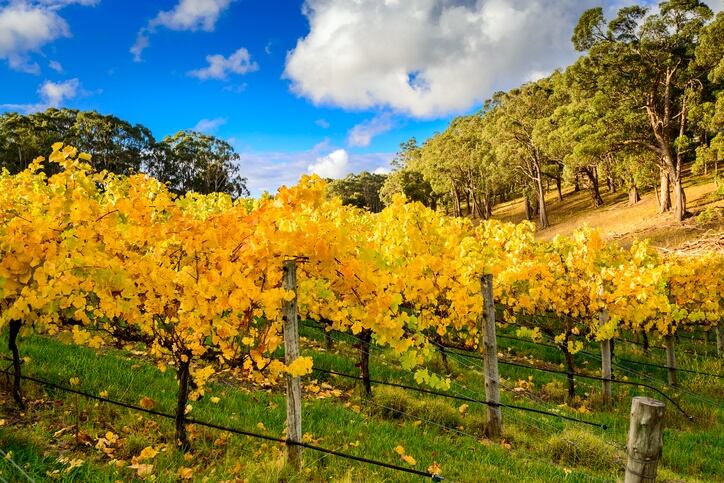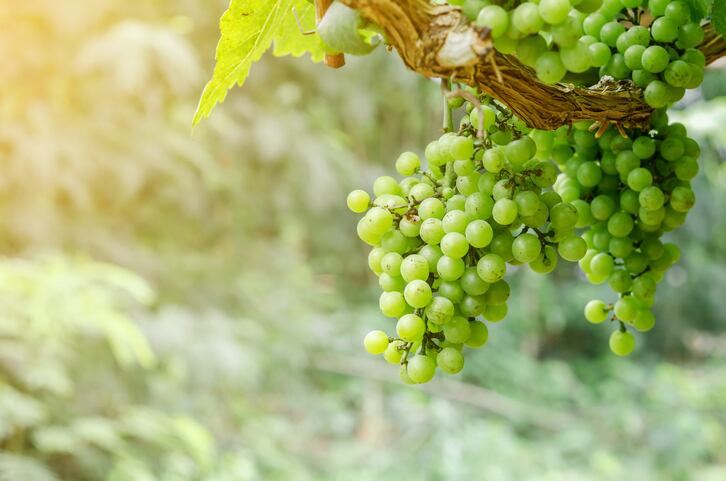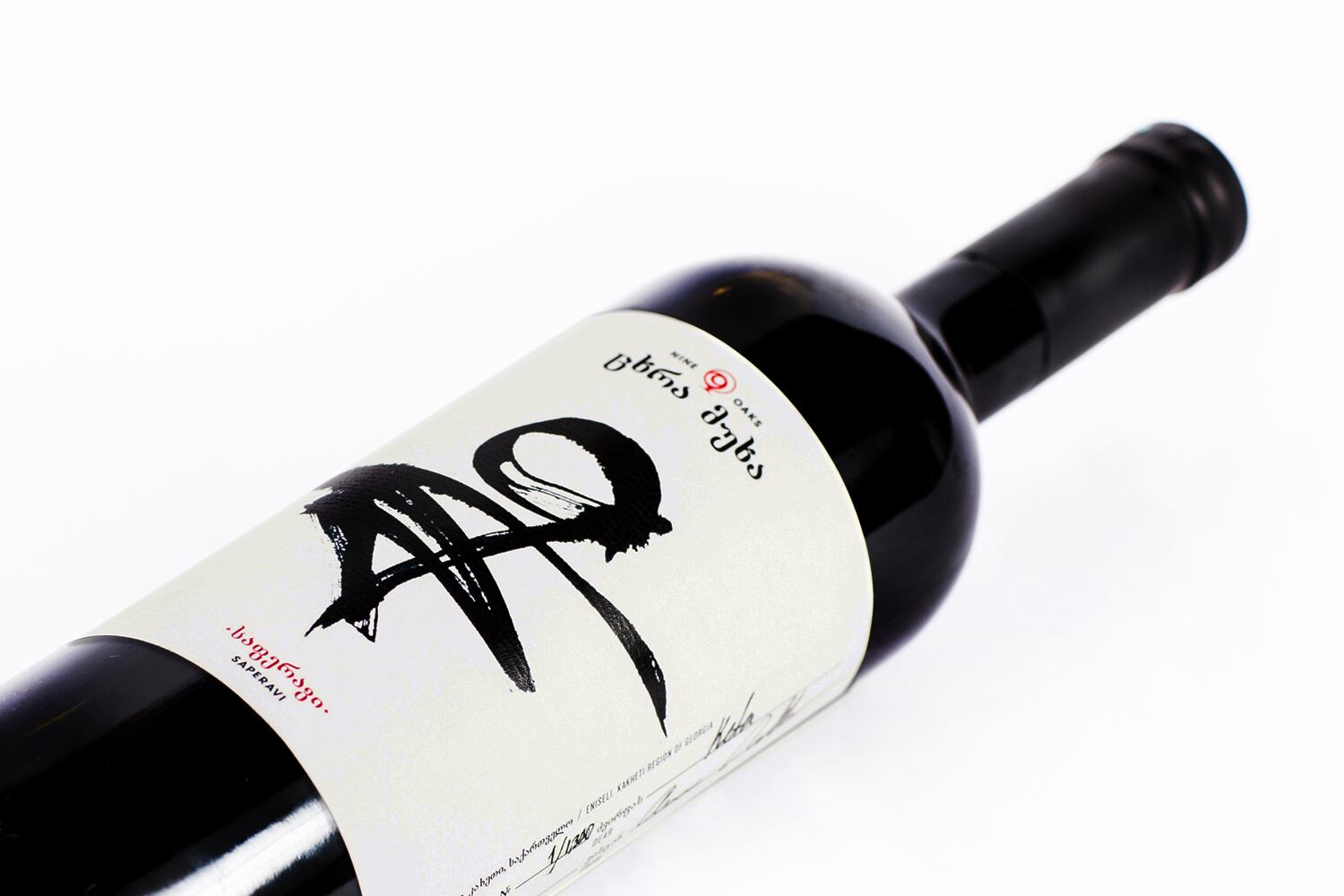Though their research is still at an early stage, it has been giving oenologists some valuable insights into how to bounce with these changing times.
How can wine research help with climate challenges?
In June 2018, wine research was given a major boost when a new national centre was opened at the university’s Waite campus with the aim of “building the sustainability and competitive edge of Australia's A$5bn [US$3.6bn] wine industry, through increased productivity and profitability”.
Supported by the Australian Research Council (ARC) and other organisations, the ARC Training Centre for Innovative Wine Production is the product of a wide consultation between wine producers, suppliers, industry bodies and other research agencies who together have identified research priorities.
"Our projects will help industry respond to the challenges of climate extremes, diseases and spoilage, water limitations and quality losses," said centre director Professor Vladimir Jiranek, who is also Adelaide University’s professor of oenology.
“We will also be helping industry increase profitability through the production of sought-after, distinct wines that fetch higher prices, and more efficient wine-making processes.”
Wild yeast and wine
Last month, ARC academics established that grapes themselves might provide a solution to enhancing the quality of wines grown in hot climates alcohol levels are on the rise.
This research centred on “wild” yeasts, which occur naturally in grapes but their use has been traditionally been discouraged in wine production. This prohibition may well change after it was discovered that these Lachancea thermotolerans yeasts have the potential to improve wines.
“Intentional over-ripening of grapes, as well as rising global temperatures due to climate change, produce excess sugar in grapes, which are converted to ethanol during fermentation. This results in highly alcoholic wines,” said Ana Hranilovic, who carried out the research at the ARC centre.
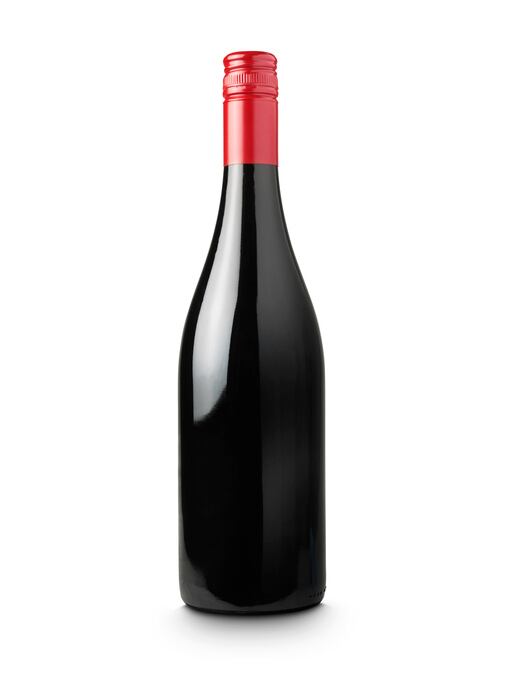
Highly alcoholic wines are not necessarily a good thing. Wine fashions change in tandem with consumers’ tastes for stronger or less robust wines, but acidity is often lacking in stronger wines, they can also differ in flavour and attract a higher cost to the consumer in the form of higher taxes based on alcohol content.
“Fixing” these wines can be difficult or costly. For example, boosting acidity for a fresher taste and to reduce the risk of bacterial spoilage adds to the production costs.
A solution to all of this may be the use of different yeasts, Dr Hranilovic found. While these cultures have always been around, efforts were made to suppress them during production.
“These yeasts don’t always improve wine as they can cause different off-flavours. However, this study has highlighted that certain strains of naturally occurring yeasts have beneficial effects in wine production,” she added.
Lachancea thermotolerans produces high levels of acidity in the form of lactic or “good” acid, which can improve a wine by giving it a soft, mellow taste.
But this and other similar yeasts cannot be used on their own as they are not capable of consuming all the grape sugars. Instead, they must be used in conjunction with more typical “wine yeasts”.
More research now needs to be carried out into how different blends of yeasts affect the taste and quality of wine, according to Professor Jiranek.
“The ultimate aim of the research is to produce a simple method of blending different strains of yeasts to improve the quality of wine,” he added.
Wine off-flavours
Professor Jiranek’s department capped off 2018 looking at ways to remove off-flavour tastes from wine. Back in June, it revealed it had found a way to use tiny magnetic particles to remove bad-tasting substances in cabernet sauvignon without altering its desired bouquet — this time a beneficial solution even for wines grown in cooler climates. Eventually, the technique could also help remove unwanted flavours from other wines.
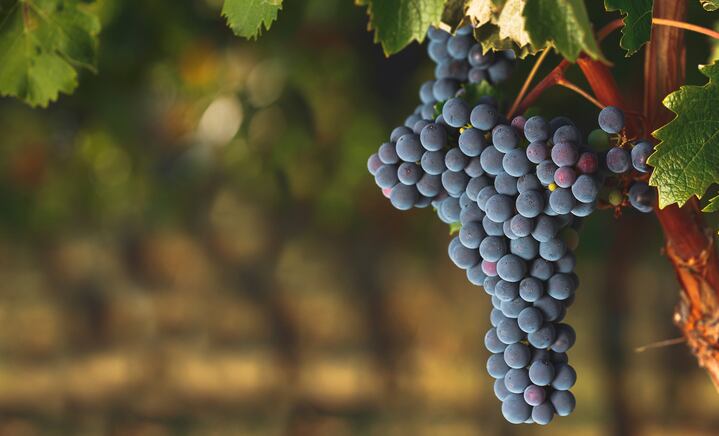
All wines naturally contain substances that contribute to their distinctive flavours and aromas. One group of these substances called alkylmethoxypyrazines (MPs) produces vegetable-like aromas in certain varietal wines such as cabernet sauvignon.
In excessive amounts, MPs can overwhelm the fruity or floral bouquet that connoisseurs have come to expect from wine, resulting in unbalanced sensory characteristics. These off-putting aromas and flavours often arise in grapes that are harvested early or are grown in cool climates. Vintners have unsuccessfully tried to remediate the problem by using additives such as activated charcoal and deodorised oak chips.
One possible alternative to these is the use of polymers. Based on this, Professor Jiranek’s team set out to assess if attaching magnetic nanoparticles to such polymers would allow them to isolate and sop up MPs and easily remove them from wine.
The researchers tested magnetic polymers in cabernet sauvignon spiked with a perceptible amount of a particular MP, which produces a strong green bell pepper aroma.
Using gas chromatography and mass spectrometry, they concluded that the magnetic polymers removed the compound from cabernet sauvignon more effectively. And according to a group of taste testers, the new approach removed these molecules without dampening the wine's distinct aroma intensity.
Adelaide had been successfully researching wine science even before the ARC centre had opened, and its discovery in March that grapes “gasp for breath” in low-oxygen conditions may lead to new ways of selecting varieties for warming climates.
Cell death in grapes
Adelaide researchers have been trying to establish what causes cell death in grapes since 2008, when scientists discovered this phenomenon, which can be implicated where there are problems with ripening.
“Although there were hints that oxygen was involved, until now we've not known of the role of oxygen and how it enters the berry,” said Steve Tyerman, chair of viticulture at Adelaide’s School of Agriculture, Food and Wine.
With the use of a miniature oxygen measuring probe—the first time this technology has been applied to grapes—Professor Tyerman compared oxygen profiles across the flesh inside grapes of chardonnay, shiraz and ruby seedless table grapes.
He found that the level of oxygen shortage closely correlated with cell death within the grapes. Respiration measurements indicated that this would be made worse by high temperatures during ripening—something which is expected to happen more frequently with global warming.
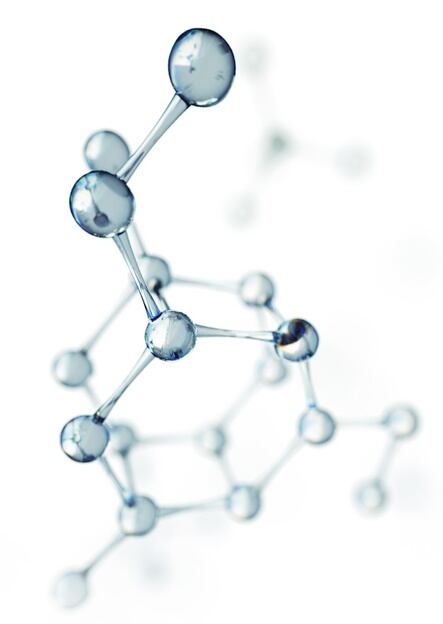
"By manipulating oxygen supply we discovered that small pores on the surface of the berry stem were vital for oxygen supply, and if they were blocked this caused increased cell death within the berry of Chardonnay, essentially suffocating the berry," said Zeyu Xiao, an Adelaide PhD student who carried out the work with Professor Tyerman.
The team also used micro X-ray-computed tomography to show that air canals connect the inside of the berry with the small pores on the berry stem.
"Shiraz has a much smaller area of these oxygen pores on the berry stem which probably accounts for its greater sensitivity to temperature and higher degree of cell death within the berry,” they found.
According to Professor Jiranek Adelaide’s oenology achievements this year are a “perfect example of how our university can leverage research strengths and intellectual capability to meet industry needs, which will brings economic benefits for the state and the nation”.
Not only has the centre been finding ways to sustain and improve wine production, the ARC centre has been fulfilling another of its key objectives, namely to train the next generation of wine scientists and researchers focused on industry outcomes.
With projects at the ARC spanning from viticultural management to wine microbiology and to sensory science, 2019 is set to be another exciting year for Australian wine research.
Pictures: getty: moisseyev/easternlightcraft/artemegerov

